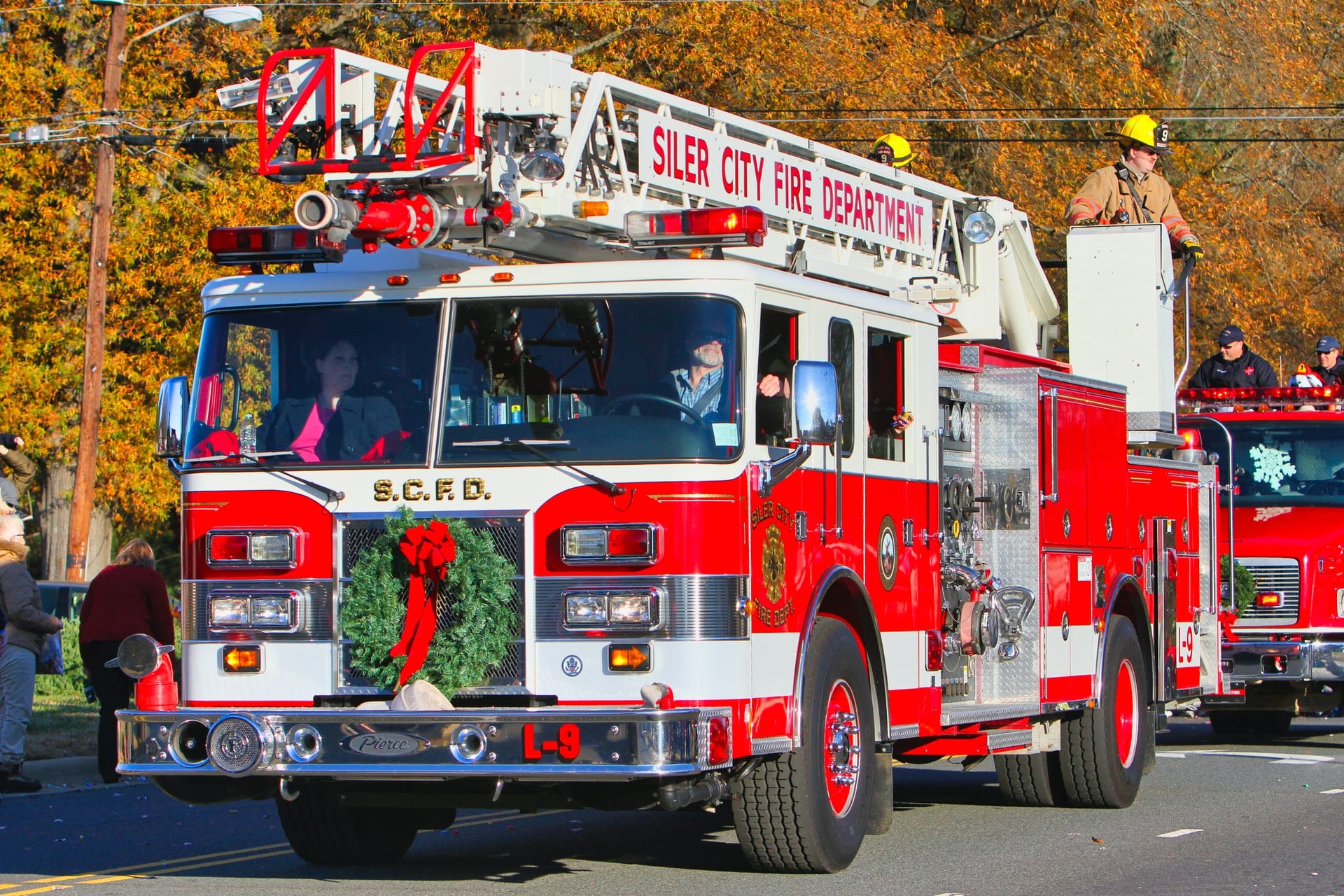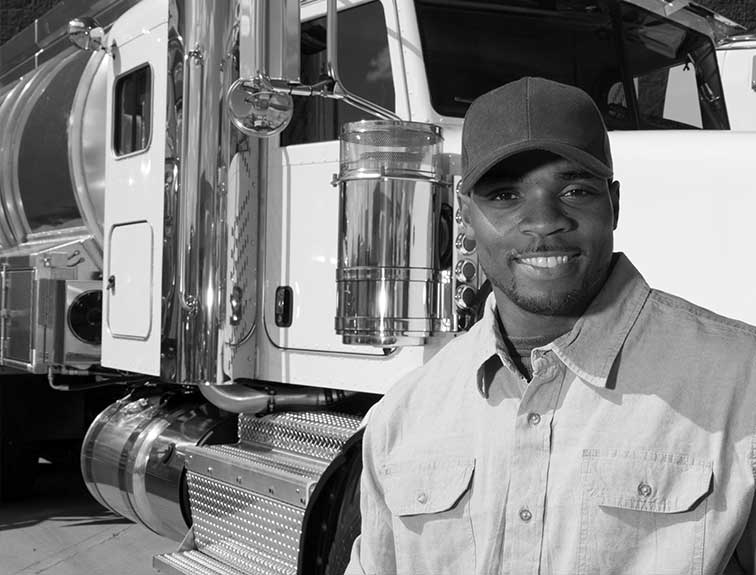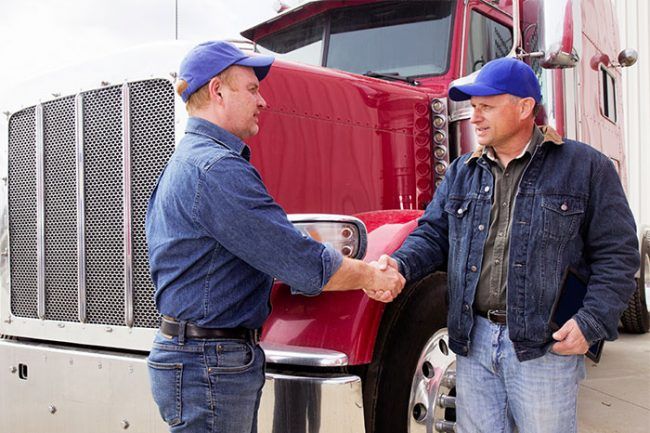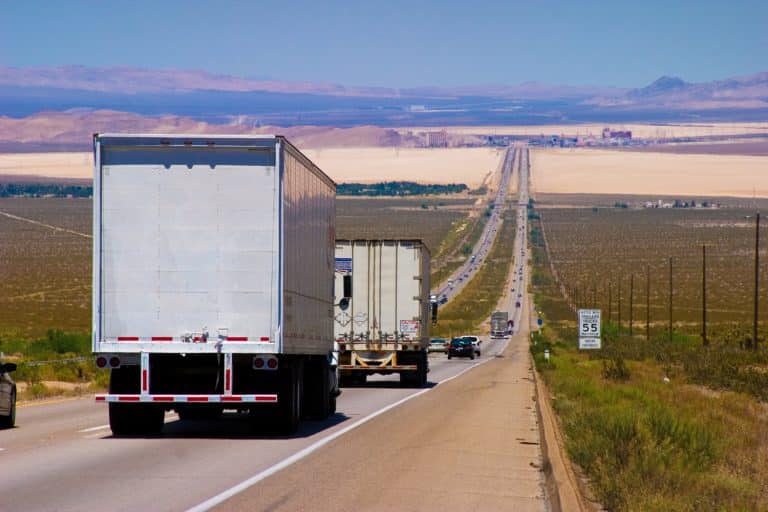A fire truck driver is vital to the safety of the community, and while the average truck has a length of 35 feet, they’re not considered a commercial vehicle. Since a fire truck isn’t a commercial vehicle, there’s no requirement to hold a CDL.
But just because a CDL isn’t required, that doesn’t mean that firefighter driver training isn’t intense.
There are also some fire departments that will only hire a driver if they have or had a CDL A or B. it’s best to consult with the head of the fire department that you want to volunteer or work for to ensure that you know their specific requirements.
Firefighter Driver Training 101
Due to a fire truck not being a commercial vehicle, anyone at the firehouse with the right training and a valid driver’s license can operate a fire engine. The licensing isn’t regulated on the federal level.
What License Do You Need to Drive a Fire Engine?
Anyone operating a fire engine must have a valid state license. One of the key requirements in many fire departments is that you need to have a valid in-state license. While you may never drive the vehicle, you may have to in the event that the normal driver isn’t available.
In most cases, someone who is called a “driver engineer” will be the main operator of the truck.
Engineers have been properly trained to operate a fire truck.
What is Firefighter Driver Training?
Training is all about safety and making sure that the fire truck driver has the skills to properly maneuver the truck. In most states, if you do have a CDL A or CDL B license, you can skip this training.
But for most drivers, they’ll need to obtain their firefighter endorsement.
What is a firefighter endorsement? It is a way to reduce the requirements for a firetruck driver so that fire departments are no longer missing drivers.
The endorsement is a certification that shows that you went through, and passed, your training. Some states will add this classification to your class C license, but this is done on a state-by-state basis.
Before endorsements became popular, there were CDL requirements to become a fire truck driver. While endorsement requirements can change from one state or department to another, they typically include:
- Proof of employment or volunteer status at a fire department
- Completion of fire equipment operator training
- Signature of the fire chief verifying training completion
- Classroom training, which is 16 hours in some states
- Behind the wheel, supervised training, which is often 14 hours
Your department will ensure that you meet all of the local and state requirements to become a fire truck driver.
Even if you don’t plan on being a driver, an endorsement can mean the difference between being overlooked for a position or being a member of the fire department. Backup drivers are essential to keep departments moving fast and efficiently.
Requirements Vary Drastically Across Fire Departments
Local DMVs have a right to demand higher levels of training to keep their firefighters safe. For example, one county in California had a rate of 1-in-5 to 1-in-4 firefighter deaths being related to driving accidents.
The county now requires a 40-hour training program, which has reduced deaths and improved safety.
Certifications
Some fire departments are requiring one or more certifications for drivers and/or regular firefighters. The training will include:
- Training on how to use all tools in the department
- Training on how to use fire-related equipment
- Training on fire engines and operation
If you don’t plan on being a fire truck driver, you don’t need to receive fire truck training unless it’s a requirement of the department.
Fire departments operate on very strict budgets, and while drivers are always in demand, the department will try to keep risk tolerance low. One way to help lower risks is to only allow a fire truck driver to operate a fire engine if they have an impeccable driving record.
Some fire departments will run a complete background check on firefighters, and one of the key points in this check is to have a better understanding of the person’s driving record. If you’ve been at-fault in an accident recently, this can hamper your chances of driving the fire engine.
A lot of firefighters will join a department as a regular firefighter before pursuing their endorsements or certifications.
Even if you never plan on driving a fire engine, it is a valuable endorsement that, in some states, spans over multiple vehicle types. SWAT vehicles in Nevada, for example, can be operated with the same endorsement.







